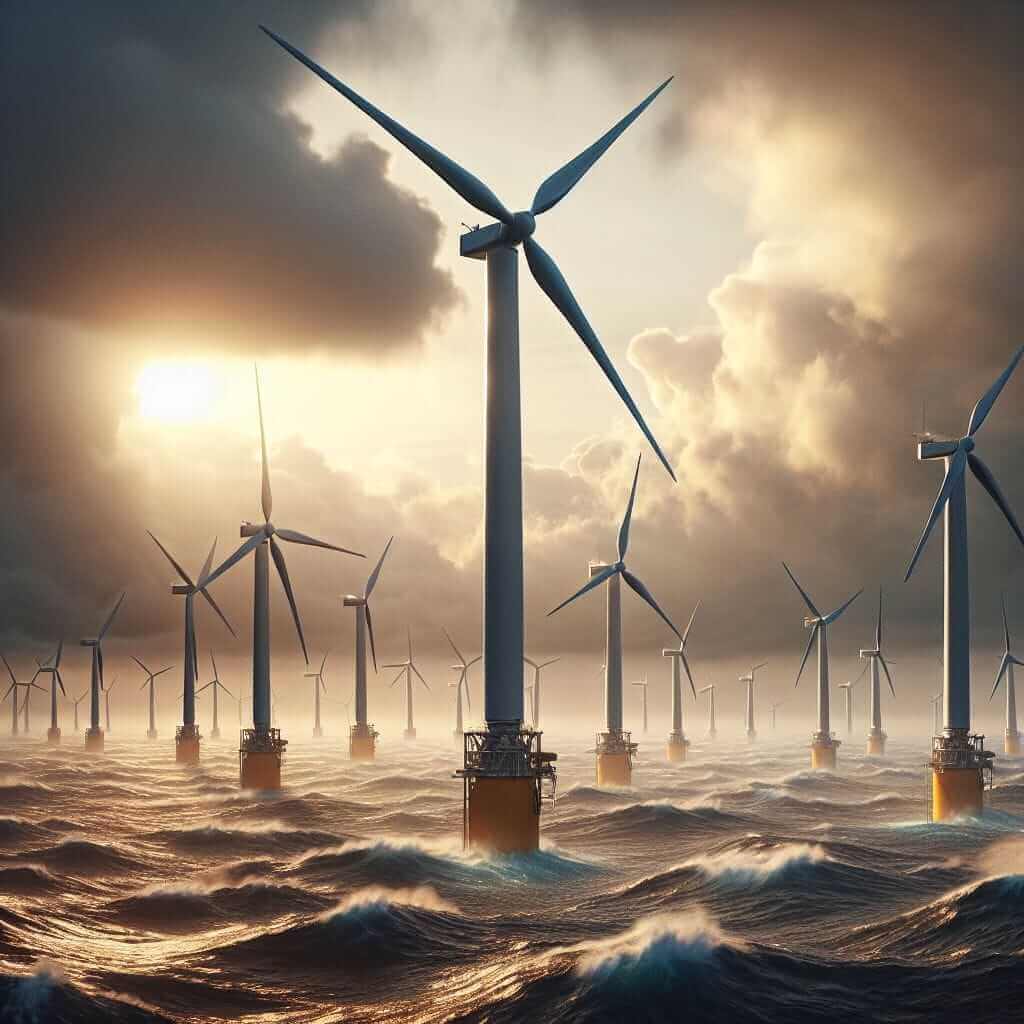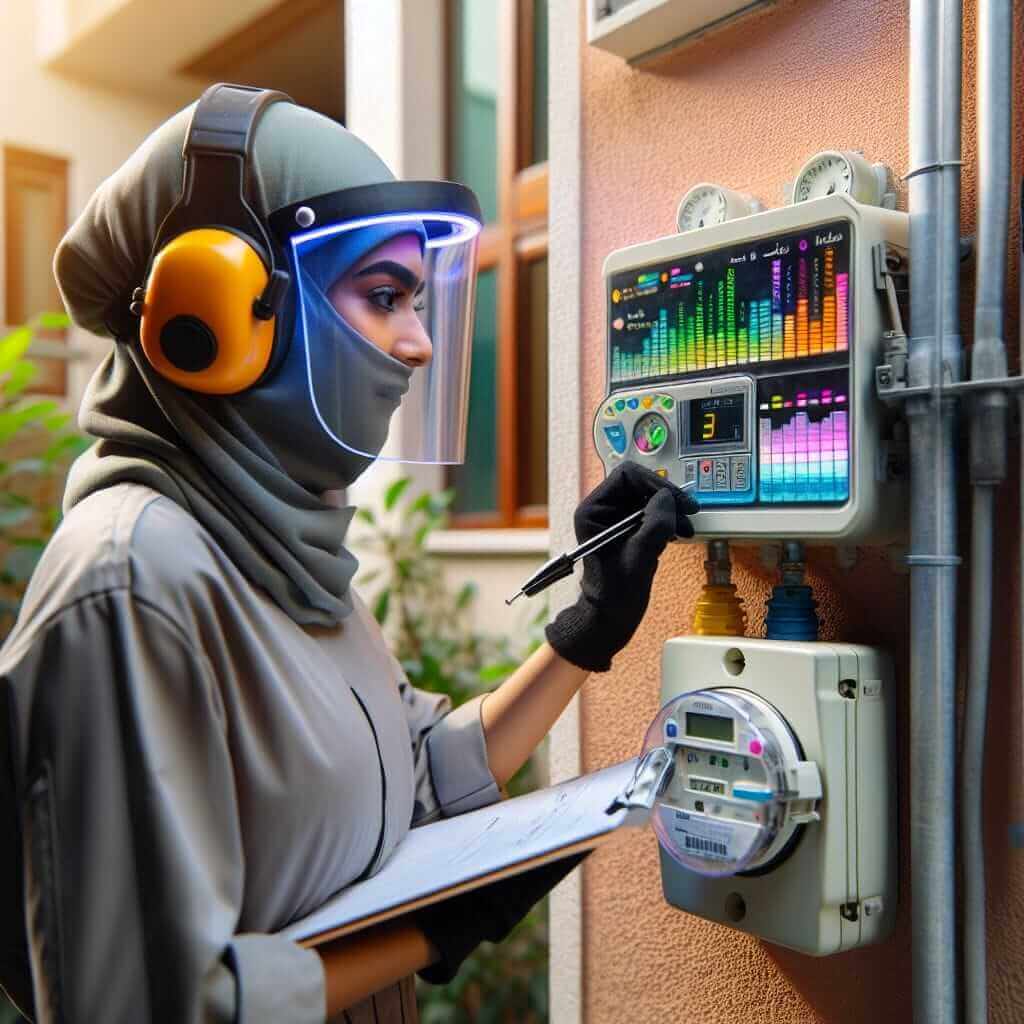The IELTS Reading section is designed to test a wide range of reading skills, including reading for gist, reading for main ideas, reading for detail, skimming, understanding logical arguments, and recognizing writers’ opinions, attitudes, and purpose. Topics related to “Innovations in Renewable Energy” have been increasingly popular due to growing global interest in sustainable practices. Given the trend, it is not unlikely that similar topics could appear in future IELTS exams. This article will provide a reading practice passage on “Innovations in Renewable Energy,” complete with questions and answer keys, ensuring your preparation aligns closely with actual exam standards.
Table Of Contents
- Reading Practice Passage
- Innovations in Renewable Energy
- Reading Questions
- Multiple Choice
- True/False/Not Given
- Matching Information
- Sentence Completion
- Summary Completion
- Answer Key
- Multiple Choice
- True/False/Not Given
- Matching Information
- Sentence Completion
- Summary Completion
- Common Issues to Watch Out For
- Vocabulary from the Passage
- Grammar Points
- Tips for Practicing Reading
Reading Practice Passage
Innovations in Renewable Energy
The landscape of renewable energy has seen remarkable innovations in recent years, with advancements in technology driving more efficient and sustainable energy solutions. These developments are crucial as the world seeks to combat climate change and reduce dependency on fossil fuels.
Solar Power Innovations
One of the most significant areas of innovation is solar power. Traditional solar panels, often bulky and less efficient in converting sunlight into energy, have undergone transformative changes. The introduction of perovskite solar cells has revolutionized solar technology. Unlike conventional silicon-based panels, perovskite cells are lighter, cheaper, and more versatile, enabling their application in a variety of environments, from rooftops to portable devices.
Wind Energy Technologies
Similarly, wind energy technology has made great strides. Modern wind turbines are not only more efficient but also quieter and more adaptable to different environments. Innovations such as floating wind farms allow the harnessing of wind energy in deeper waters, where winds are stronger and more consistent. These floating platforms are anchored to the seabed using mooring lines, making them suitable for locations previously deemed unfeasible for traditional fixed-bottom turbines.
Bioenergy Developments
In the realm of bioenergy, advancements in biofuel production are paving the way for more sustainable alternatives to fossil fuels. Biofuels derived from algae, for instance, have shown promise due to their high energy yield and low environmental impact. Algae can be grown in a variety of conditions, including wastewater, making it a versatile and less resource-intensive option.
Energy Storage Solutions
One of the biggest challenges in renewable energy is storage. Innovations in battery technology, such as lithium-sulfur and solid-state batteries, are improving storage capacity and battery life. These advancements are essential for maintaining a stable energy supply, especially as renewable sources like solar and wind are intermittent by nature. Additionally, energy storage systems are becoming increasingly integrated with smart grid technology, enhancing overall energy management and efficiency.
Hydropower Innovations
Hydropower, long a staple of renewable energy, is also experiencing innovations. Small-scale hydropower systems, such as micro-hydro and pico-hydro installations, provide energy solutions for remote and rural areas. These systems are less ecologically disruptive than large dams and can be implemented in smaller streams or rivers, ensuring local communities have access to reliable energy without significant environmental impact.
 Innovative Wind Turbines Projects
Innovative Wind Turbines Projects
Reading Questions
Multiple Choice
-
What is one advantage of perovskite solar cells over traditional silicon-based panels?
- A) They are heavier.
- B) They are more expensive.
- C) They are lighter and cheaper.
- D) They have a longer lifespan.
-
Which type of biofuel is mentioned as having a high energy yield and low environmental impact?
- A) Corn-based ethanol.
- B) Algae-based biofuels.
- C) Soybean oil.
- D) Sugarcane ethanol.
True/False/Not Given
-
Floating wind farms can harness wind energy in deeper waters. (True/False/Not Given)
-
Micro-hydro installations are ecologically disruptive. (True/False/Not Given)
-
Lithium-sulfur batteries are part of new energy storage solutions. (True/False/Not Given)
Matching Information
Match the renewable energy source with its associated innovation.
- Solar Power
- Wind Energy
- Bioenergy
- Hydropower
- Energy Storage
A) Biofuel from algae
B) Floating wind farms
C) Perovskite solar cells
D) Lithium-sulfur batteries
E) Micro-hydro installations
Sentence Completion
-
Traditional fixed-bottom wind turbines are not suitable for deeper waters, but __ are.
-
__ provide energy solutions for remote and rural areas with less ecological disruption compared to large dams.
Summary Completion
Complete the summary with suitable words from the passage.
The past few years have seen significant (13) in renewable energy technology. Solar power, for example, has benefited from the introduction of (14) cells, which are lighter and more versatile. In wind energy, innovations have led to the development of ___ (15) wind farms that can operate in deeper waters.
Answer Key
Multiple Choice
- C) They are lighter and cheaper.
- B) Algae-based biofuels.
True/False/Not Given
- True
- False
- True
Matching Information
- C) Perovskite solar cells
- B) Floating wind farms
- A) Biofuel from algae
- E) Micro-hydro installations
- D) Lithium-sulfur batteries
Sentence Completion
- floating wind farms
- Micro-hydro installations
Summary Completion
- innovations
- perovskite
- floating
Common Issues to Watch Out For
- Misinterpreting the Question: Always read the question carefully to understand what it is asking.
- Matching Information Confusion: Pay attention to specific keywords that can help identify the correct match.
- Timing: Practice managing your time efficiently so you can answer all questions.
Vocabulary from the Passage
- Perovskite (noun): a type of mineral used in the newer generation of solar cells | /pəˈrɒvˌskaɪt/
- Mooring (noun): the act of securing a vessel to a particular location | /ˈmɔːrɪŋ/
Grammar Points
-
Relative Clauses: These clauses provide extra information about a noun and often start with words like ‘who’, ‘which’, ‘that’, etc.
- Example: “In the realm of bioenergy, advancements in biofuel production that are derived from algae have shown promise.”
-
Passive Voice: Frequently used in scientific texts to emphasize the action rather than the subject performing it.
- Example: “These developments are driven by advancements in technology.”
Tips for Practicing Reading
- Regular Practice: The more you read, the better you’ll become at quickly understanding complex texts.
- Use a Variety of Sources: Read different types of materials, such as scientific articles, opinion pieces, and news reports.
- Summarize Paragraphs: After reading a paragraph, try to summarize it in your own words to ensure comprehension.
By incorporating these practices and staying updated with the latest innovations in renewable energy, you’ll be better prepared for the Reading section of the IELTS exam.


